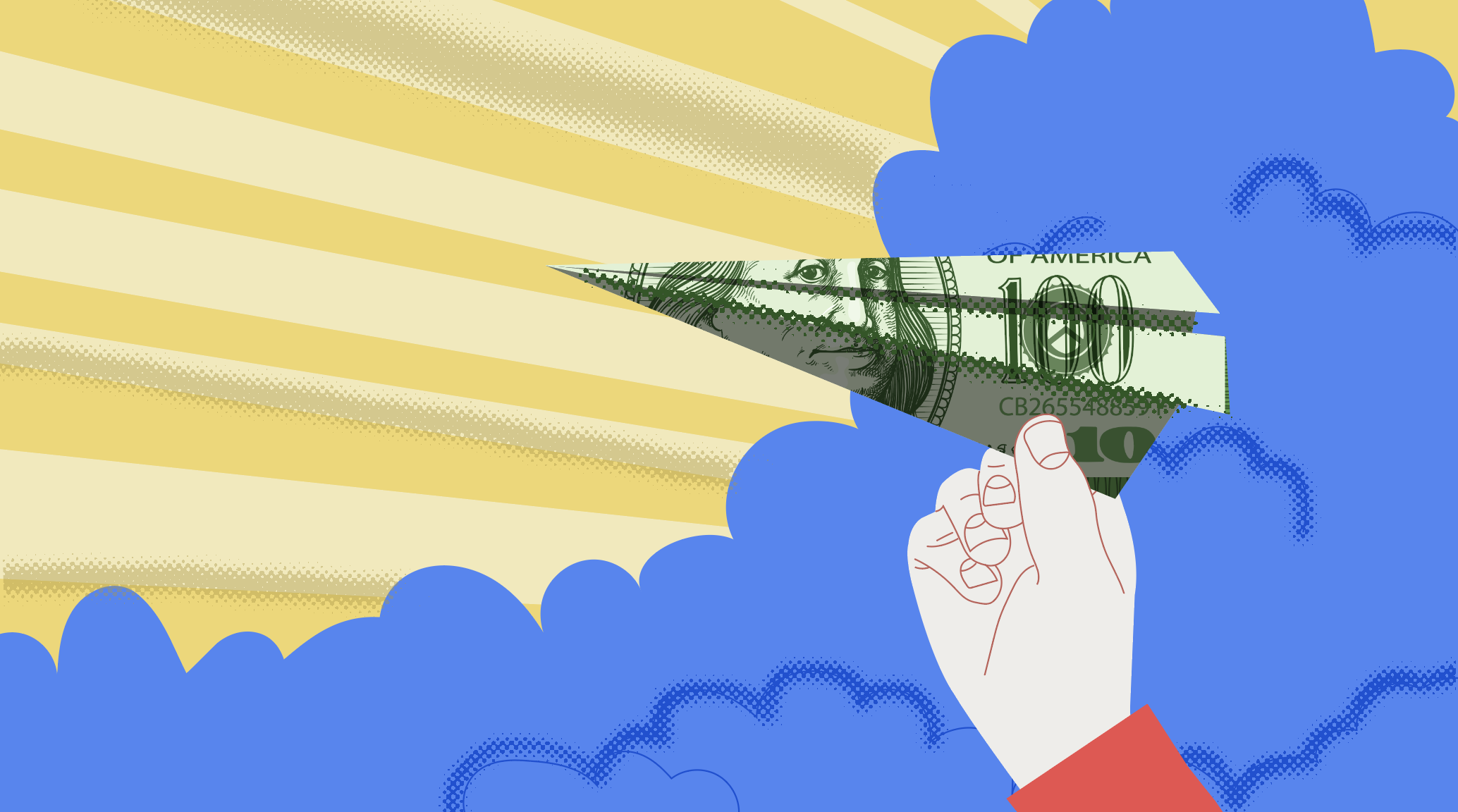What does SaaS sales refer to?
SaaS (Software as a Service) sales involve selling cloud-based software solutions that are accessed via the Internet rather than installed on-premises. SaaS sales teams focus on understanding the specific needs of potential customers and demonstrating how their software can solve problems, streamline operations, or provide other business benefits. The sales process often includes offering free trials, live demos, and tailored presentations to show the software’s value.
SaaS sales models typically revolve around a subscription-based pricing structure, where customers pay a recurring fee (monthly, quarterly, or annually) for access to the software. This model contrasts with traditional software sales, which often involve one-time purchases. SaaS sales teams must focus on both acquiring new customers and retaining existing ones, as customer retention is crucial for the recurring revenue model.
The SaaS sales process is often multi-faceted, involving several stages: lead generation, qualification, product demonstration, addressing objections, closing the deal, and post-sales support. Given the complexity and sometimes high cost of SaaS products, the sales cycle can be longer than in other industries. It often involves multiple stakeholders within a potential customer’s organization, requiring salespeople to build strong relationships and address the concerns of different decision-makers.
Moreover, SaaS sales teams must collaborate closely with marketing and customer success teams to ensure that the leads generated are high quality and that customers are satisfied and fully utilizing the product after purchase. Effective SaaS sales require a deep understanding of the product, the market, and the customer’s needs, along with strong communication and negotiation skills.
1. What are the key differences between SaaS sales and traditional software sales?
The main differences between SaaS sales and traditional software sales are in how the software is delivered, priced, and sold. In SaaS sales, the software is accessed online through the cloud, and customers pay a subscription fee, either monthly, quarterly, or yearly, to use it. Traditional software sales usually involve a one-time purchase, with the software installed directly on the customer’s computers or servers.
Customer retention is also more important in SaaS sales. Because customers pay regularly for the service, it’s crucial for SaaS companies to keep them satisfied so they continue using the product. This means SaaS sales teams focus not only on getting new customers but also on making sure current customers are happy. In traditional software sales, once the software is sold, the company doesn’t need to provide as much ongoing support, unless the customer needs updates or maintenance.
The SaaS sales process can be more complicated and take longer compared to traditional software sales. It usually involves several steps like finding potential customers, showing how the product works, and answering questions from different people in the company who are involved in making the decision. Since SaaS products can be expensive and impact various parts of a business, the decision to buy often takes more time and involves more people. Traditional software sales, on the other hand, are often faster and focus on closing the deal quickly.
2. What sales models are commonly used in the SaaS industry?
In the SaaS industry, the most common sales model is subscription-based. This means customers pay a recurring fee, either monthly, quarterly, or yearly, to keep using the software. Unlike traditional software where you pay once, the subscription model gives companies regular income. It also requires SaaS companies to focus on both getting new customers and keeping existing ones happy, as this ensures they keep earning from the subscriptions.
SaaS companies often let potential customers try the product through free trials, live demos, or customized presentations. This helps people see the software’s benefits before committing to a subscription. Another approach is the freemium model, where a basic version of the software is free, and users can pay to unlock more features. This allows people to use the product risk-free, and they can decide to upgrade later if they want more functions or services.
3. How does the sales process differ between low-touch and high-touch SaaS products?
The sales process for low-touch and high-touch SaaS products is quite different in several ways. Low-touch SaaS products, like Slack or Dropbox, are usually simple and easy to use. Customers can sign up online with little help, making the process quick. On the other hand, high-touch SaaS products are more complex and need more personal interaction. For these products, sales teams work closely with customers to guide them through the buying process, which can include detailed demonstrations and discussions about their specific needs.
In low-touch sales, the process is generally shorter, while high-touch sales take longer because they involve several steps, including personalized help and training. Customer support also differs; low-touch products often rely on online resources like FAQs, while high-touch products provide more support, such as dedicated account managers and training sessions. Overall, low-touch products focus on being quick and easy to access, while high-touch products emphasize building strong relationships and providing tailored support.




